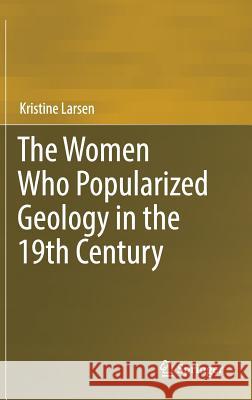The Women Who Popularized Geology in the 19th Century » książka
topmenu
The Women Who Popularized Geology in the 19th Century
ISBN-13: 9783319649511 / Angielski / Twarda / 2017 / 216 str.
Kategorie:
Kategorie BISAC:
Wydawca:
Springer
Język:
Angielski
ISBN-13:
9783319649511
Rok wydania:
2017
Wydanie:
2017
Ilość stron:
216
Waga:
0.49 kg
Wymiary:
23.39 x 15.6 x 1.42
Oprawa:
Twarda
Wolumenów:
01
Dodatkowe informacje:
Wydanie ilustrowane











